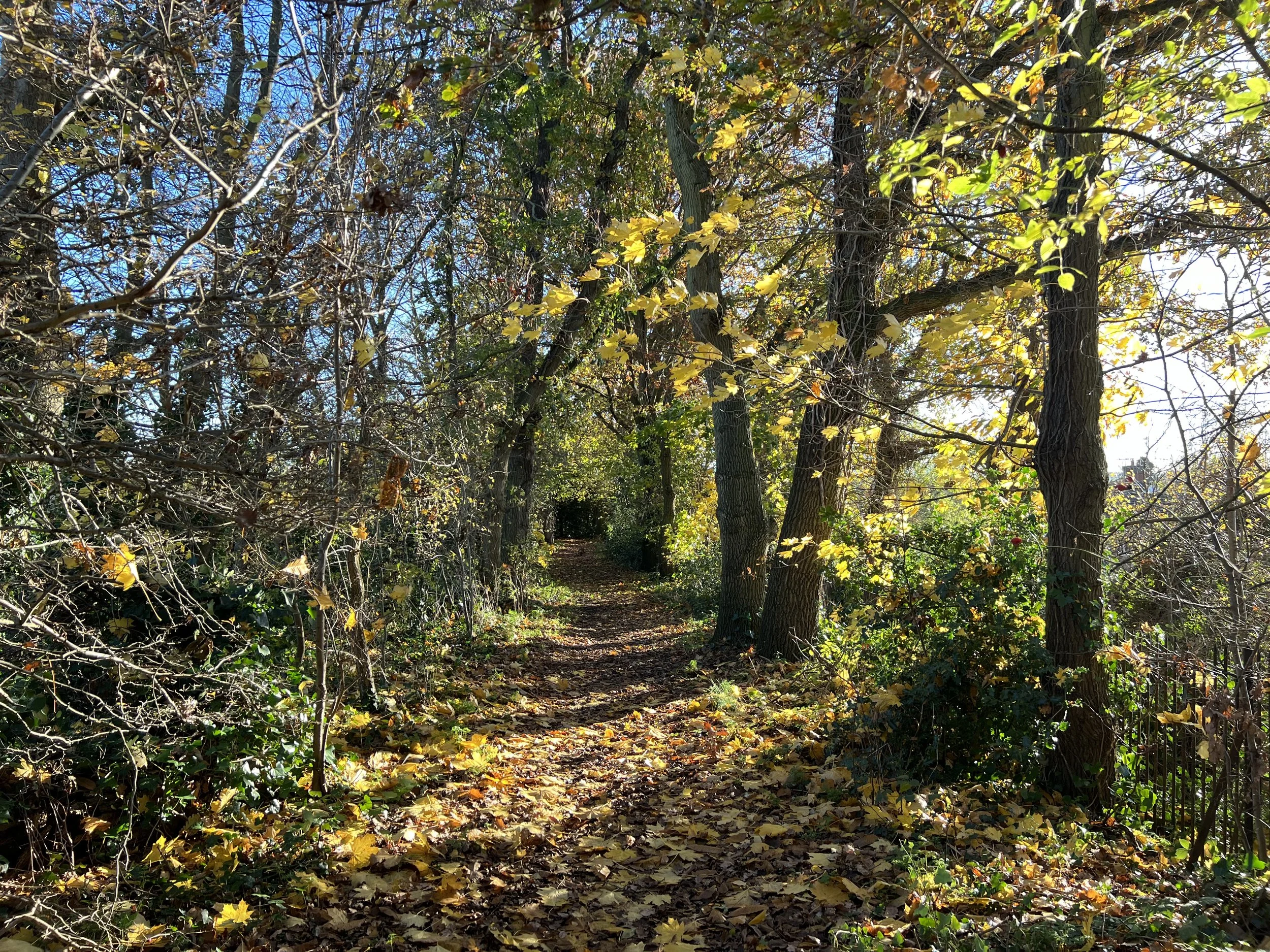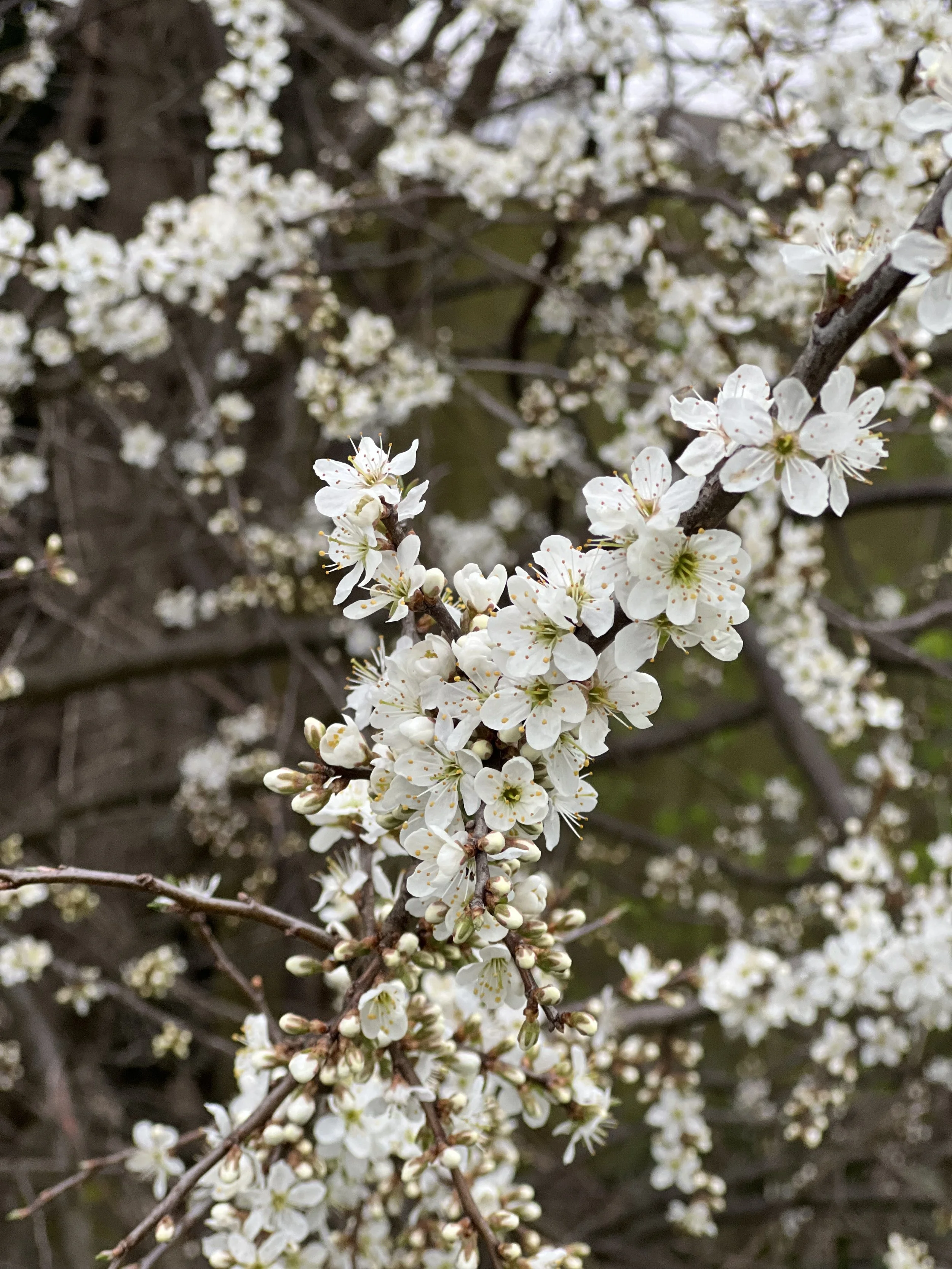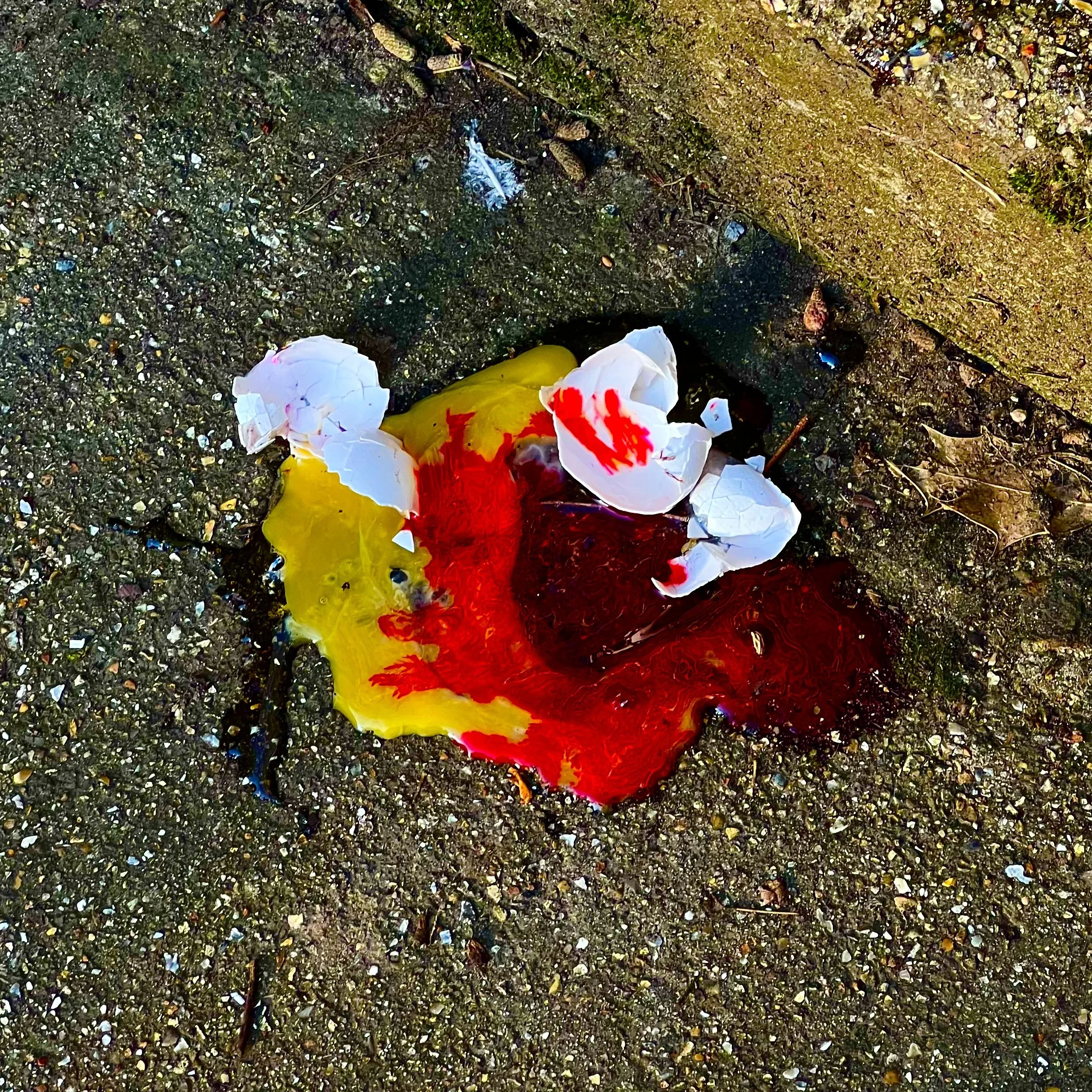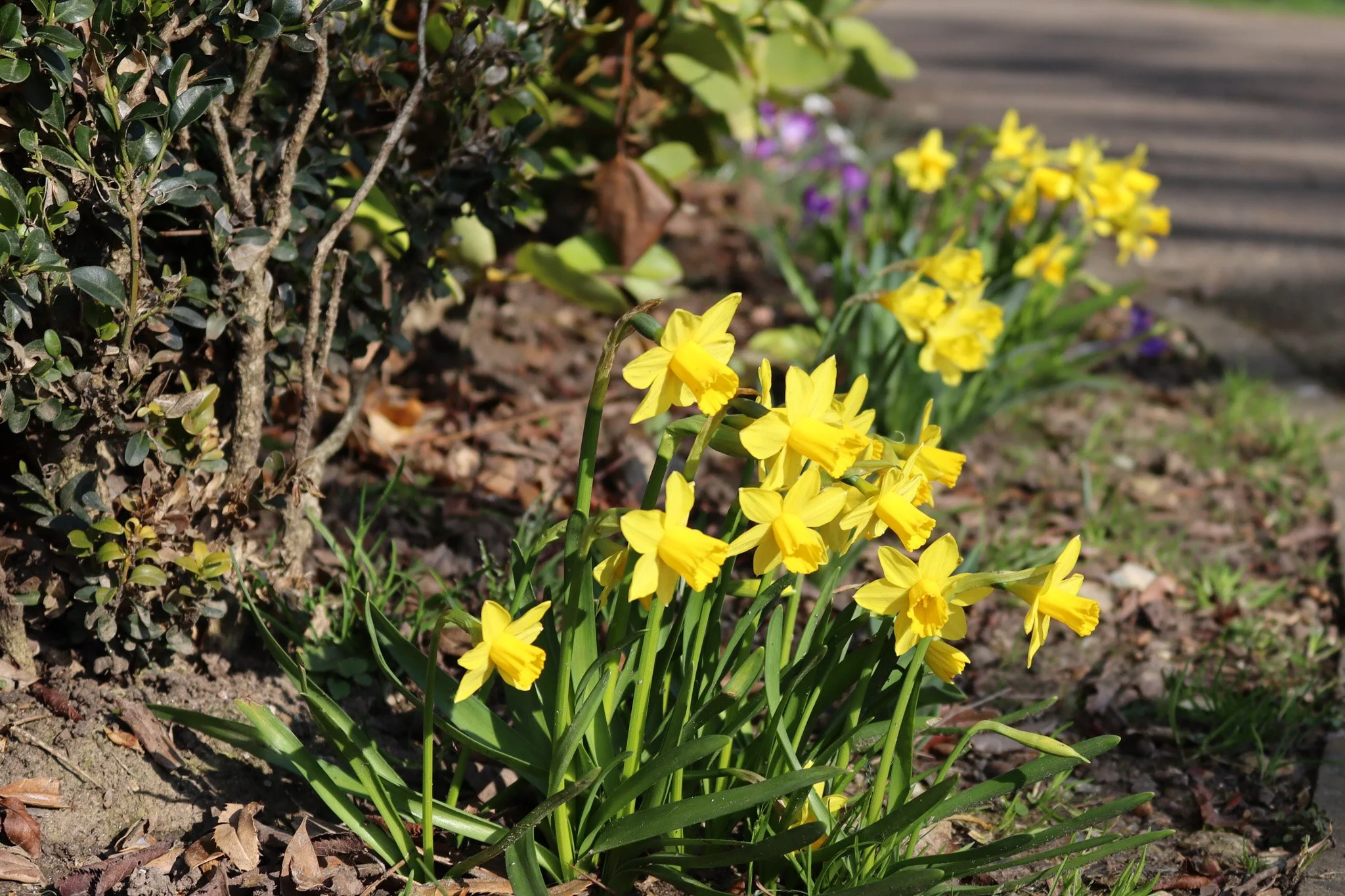
OSTARA - A Short Film
OSTARA Critical Reflection Summary
Ostara is a psychological folk-horror short film exploring themes of rupture, ritual, and rebirth through a feminine lens. Influenced by Maya Deren’s Meshes of the Afternoon (1943), Joanna Hogg’s Archipelago (2010), Jodorowsky’s The Holy Mountain (1973), and folk horror such as The Wicker Man (1973) and The VVitch (2015), the film combines surrealist dream logic with naturalistic cinematography.
Working within microbudget traditions, Ostara embraces creative limitations as strengths: natural lighting, real seasonal transitions, modest props, and Kentish domestic/rural locations become symbolic terrains that heighten the film’s atmosphere. The use of colour, sound design, and recurring motifs (chalk markings, a red egg, and a rabbit) builds ambiguity and ritualistic tension.
The film rejects linear, patriarchal storytelling in favour of cyclical structure and symbolic transformation, privileging subjective experience and gesture over dialogue or narrative clarity. Through minimal dialogue, atmospheric settings, and elemental symbolism, Ostara reflects on cycles of death, rebirth, and emotional transformation.
This project not only deepened my understanding of microbudget filmmaking as an aesthetic and practical mode but also honed my craft as a director-producer, teaching the value of improvisation, collaboration, and finding creativity in constraint.






















